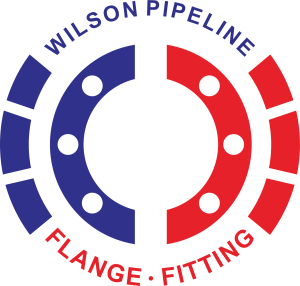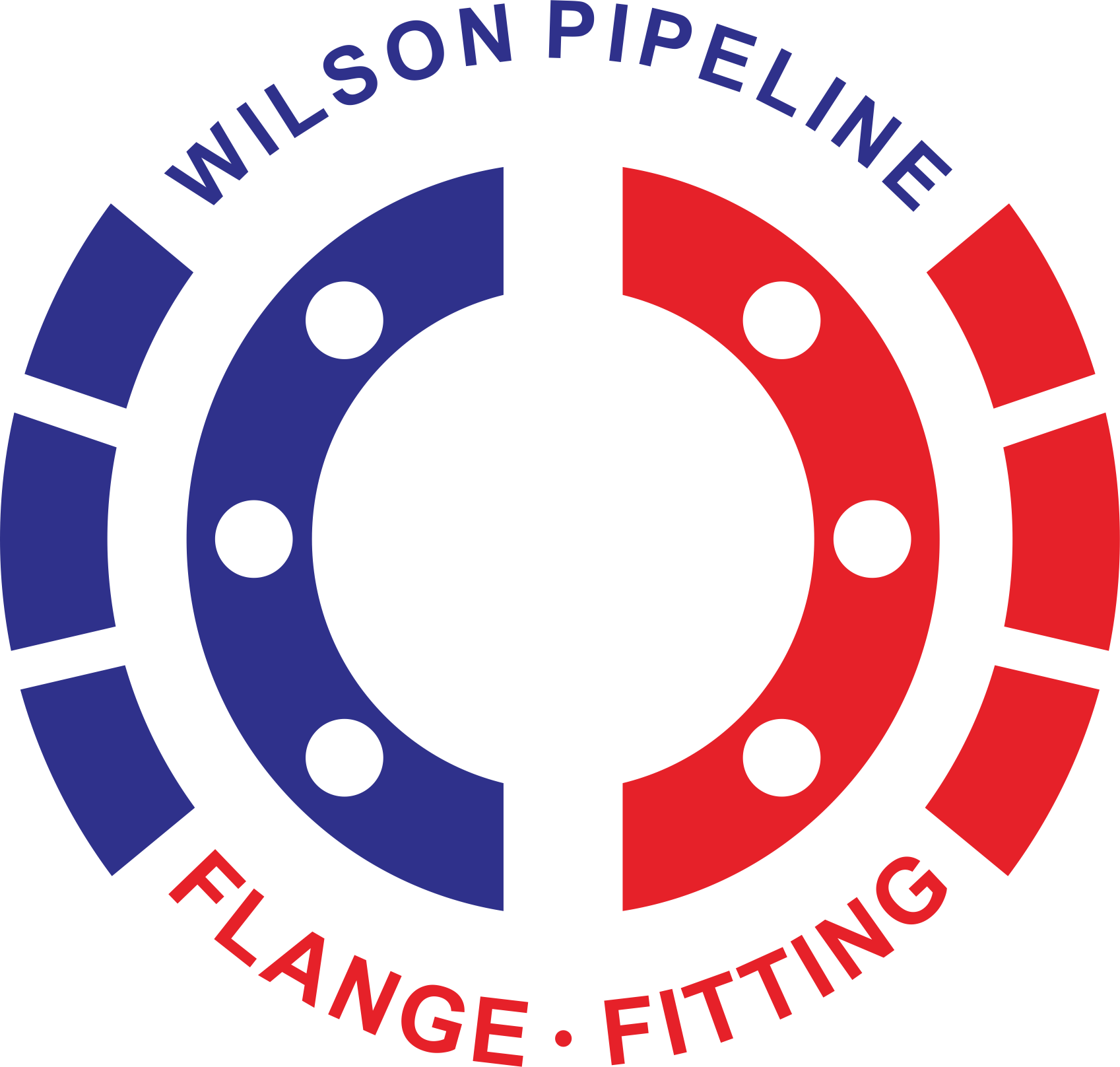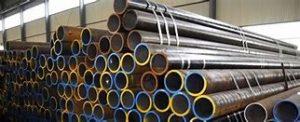
L245NB Material application API 5L specification for line pipe?
L245NB is a grade of steel that is commonly used in the oil and gas industry for pipeline construction. It is a carbon-manganese steel with specified minimum yield strength of 245 megapascals (MPa).
L245NB is classified as a line pipe steel and is typically used for the manufacturing of seamless or welded steel pipes that are used in the transportation of oil, gas, and other fluids. It is often referred to as API 5L Grade L245NB, as it meets the requirements of the API (American Petroleum Institute) 5L specification for line pipe.
The chemical composition of L245NB typically includes carbon (C), manganese (Mn), silicon (Si), phosphorus (P), sulfur (S), and trace amounts of other elements. The exact composition may vary depending on the manufacturing process and specific requirements of the applicable standards.
L245NB steel is known for its good weldability and formability, making it suitable for various pipeline applications. It has moderate strength and is commonly used in low to medium-pressure pipelines. L245NB pipes can be found in both onshore and offshore pipeline systems.
It is important to note that L245NB is just one of the many grades available under the API 5L specification, and the specific grade selection should consider factors such as operating conditions, environment, and project requirements.
The API 5L specification is a widely used standard for the manufacturing of steel line pipes used in the transportation of oil, gas, and other fluids in the petroleum and natural gas industries. It sets the requirements for the materials, manufacturing processes, dimensions, and mechanical properties of line pipes.
Here are some key aspects of the API 5L specification:
1. Grades: API 5L specification includes various grades of steel line pipe, such as GrA, GrB, X42, X52, X60, X65, X70, and so on. The grade designation indicates the minimum yield strength of the steel and other mechanical properties.
2. Chemical Composition: The specification provides the allowable chemical composition ranges for the different grades of steel. The composition typically includes elements like carbon, manganese, silicon, phosphorus, sulfur, and trace amounts of other elements.
3. Manufacturing Processes: API 5L specifies different manufacturing processes for line pipes, including seamless, electric resistance welded (ERW), longitudinal submerged arc welded (LSAW), and spiral submerged arc welded (SAW) methods.
4. Dimensions and Sizes: The specification defines the dimensions and sizes of line pipes. It covers the outer diameter, wall thickness, length, and tolerances. The pipes are available in various standard pipe sizes.
5. Testing and Inspection: API 5L requires line pipes to undergo various tests and inspections to ensure their quality and integrity. These include hydrostatic testing, non-destructive testing (such as ultrasonic or X-ray examination), and mechanical tests.
6. Supplementary Requirements: The specification also includes supplementary requirements that may be applicable based on specific project needs. These requirements can cover aspects such as additional testing, special surface finishes, and impact testing at low temperatures.
API 5L is widely recognized and used globally in the oil and gas industry. It ensures the reliability and integrity of line pipes used for the safe transportation of fluids over long distances. It is important to consult the specific edition and requirements of the API 5L standard for detailed and up-to-date information.

